Stress Awareness
Management of Employee Well-Being
Stress awareness has become a topic of increasing concern in the modern workplace, with Health and Safety asking us to look beyond physical risks and hazards to recognise the need for management of employee well-being.
According to the NHS:
“Stress is the feeling of being under too much mental or emotional pressure. Pressure turns into stress when you feel unable to cope.
People have different ways of reacting to stress, so a situation that feels stressful to one person may be motivating to someone else.”
The Health and Safety Executive (HSE) gives the following definition:
“Stress is the adverse reaction people have to excessive pressures or other types of demand placed on them. There is a clear distinction between pressure, which can create a ‘buzz’ and be motivating, and stress, which occurs when this pressure becomes excessive.”
Symptoms and warning signs
Because every person reacts differently to a given situation, stress can affect people in diverse ways and people have their own individual tolerances for the amount of pressure that they can cope with. Therefore, the symptoms and warning signs will also be different for every individual.
According to Mind, the mental health charity, stress can make people feel negative emotions such as:
- Being irritable, aggressive, impatient or wound up.
- Feeling over-burdened, anxious, nervous or afraid.
- A feeling that you cannot switch off and your thoughts are racing.
- Being unable to enjoy yourself.
- Feeling depressed and uninterested in life.
- Feeling like you’ve lost your sense of humour.
- Having a sense of dread.
- Being worried about your health.
- Feeling neglected or lonely.
This can be displayed in various emotional and physical ways and these are some of the more common symptoms that employers can look out for:
- Difficulty in making decisions.
- Constantly worrying.
- Avoiding situations, especially those that are troubling.
- Snapping at people.
- Biting nails or picking at skin.
- Inability to concentrate.
- Over eating or not eating enough.
- Smoking, or drinking alcohol more than usual.
- Acting restless.
- Crying or tearful behaviour.
- Hyperventilating and panic attacks.
- Constantly feeling tired.
- Headaches, chest pains, dizziness, feeling or being sick.
Statistics
According to the HSE statistics for 2017/2018:
- The total number of cases of work-related stress, depression or anxiety was 595,000, equating to a rate of 1,800 per 100,000 workers.
- 239,000 new cases of stress were recorded with an incidence rate of 720 per 100,000 workers.
- The total number of working days lost due to this condition in 2017/18 was 4 million days. This equates to an average of 25.8 days lost per case. In working weeks based on a five-day week, this is over 5 weeks absence per case.
- Throughout 2017/18 stress, anxiety and/or depression accounted for 44% of all work-related ill health cases and 57% of all working days lost due to ill health.
According to research by the Labour Force Survey, the main work factors that were stated by respondents as causing work related stress, depression or anxiety were:
- Workload pressures.
- Tight deadlines.
- Too much responsibility.
- A lack of managerial support.
When comparing small and large workplaces, smaller organisations had a statistically significantly lower rate of work-related stress, depression or anxiety whilst large workplaces had significantly higher rates.
Looking at a cross section of organisational hierarchy, it’s apparent that the more responsibility is held in a job role, the higher the prevalence of stress, anxiety and depression.

Become more, start a career in Health and Safety with an IOSH course which can be completed entirely online.
What can an employer do to manage work-related stress?
In the past, there has been a stigma attached to stress, anxiety and depression. Workers may have felt that they may be penalised for admitting to feeling overwhelmed or stressed. However, in more recent years, work-related stress is being recognised as a valid and important area for employers to consider and much has been done to eliminate the stigma and address the underlying causes.
The law places obligations on employers to effectively manage and reduce risks from work-based hazards and this includes stress-related ill health that comes from work-based activities. However, it is important to remember that managers are not responsible for diagnosing or treating stress, but they need to be aware of the signs and symptoms and assist the employee in getting the right help and support.
With this in mind, what can an employer do to manage work-related stress?
Whilst the rout cause of the stress may not be work-related, employers should be aware of any additional pressures that are placed on employees that could exacerbate an underlying issue or mental health concern.
By ensuring that there is effective two-way communication between manager and employee, the line manager can hold conversations with the employee about the six key areas to establish whether there are any work-related triggers or pressures that are affecting the worker.
The UK government commissioned a review into the role of employers supporting individuals with mental health conditions. The report “Thriving at Work” report sets out six core standards that were recommended to employers of all sizes which should put in place. These standards are:
- Produce, implement and communicate a mental health at work plan that encourages and promotes good mental health of all staff and an open organisational culture.
- Develop mental health awareness among employees by making information, tools and support accessible.
- Encourage open conversations about mental health and the support available when employees are struggling, during the recruitment process and at regular intervals throughout employment, with appropriate workplace adjustments offered to employees who require them.
- Provide your employees with good working conditions and ensure they have a healthy work/life balance and opportunities for development.
- Promote effective people management to ensure all employees have a regular conversation about their health and wellbeing with their line manager, supervisor or organisational leader and train and support line managers in effective management practices.
- Routinely monitor employee mental health and wellbeing by understanding available data, talking to employees, and understanding risk factors.
The HSE has produced a workbook publication to help employers manage work-related stress in accordance with Management Standards. This covers six key areas of workplace design that are commonly associated with the primary sources of workplace stress and are:
- Demands – This is likely to typically include factors such as workload, work environment and working patterns.
- Control – How much say the person has in the way they do their work relating to communication, skills, training and the way decisions are made.
- Support – This includes the encouragement, working environment, support and resources provided by the organisation, line management and colleagues.
- Relationships – This includes conflict among employees, socialising, harassment, confidentiality and dealing with unacceptable behaviour.
- Role – Whether people understand their role within the organisation and how the organisation ensures that there are no conflicting roles.
- Change – Related to how large- and small-scale organisational change is managed and communicated within an organisation. This will typically involve consultation, employee involvement and effective communication.
Employers need to make sure that their managers are aware of what to look for, how to react and where additional help can be found. Support for managers dealing with employees who suffer with stress is essential to ensure that they understand their own limitations on what they can help with, and that they can effectively assist the employee in finding any additional professional help and support they need.
Victoria Hughes
BSc(Hons.), DipNEBOSH, EnvDipNEBOSH, MCMI, CertIOSH
Student Support Tutor, SHEilds Ltd.
Sources:
NHS Inform: https://www.nhsinform.scot/healthy-living/mental-wellbeing/stress/struggling-with-stress
HSE publication: Tackling work-related stress using the Management Standards approach – a step by step workbook.
HSE publication: Work related stress depression or anxiety statistics in Great Britain, 2018.
Mind (mental health charity): www.mind.org.uk
HSE publication: Talking Toolkit – Go home healthy.
Mind publication: How to implement the “Thriving at work” mental health standards in your workplace.

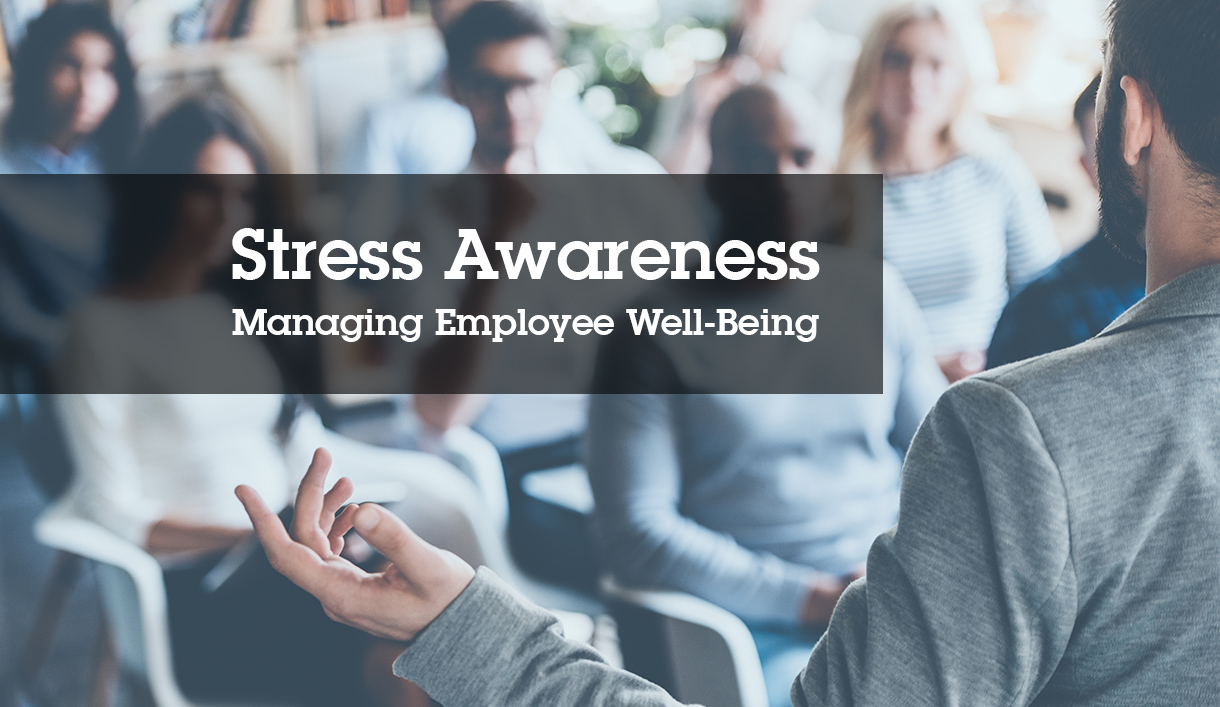
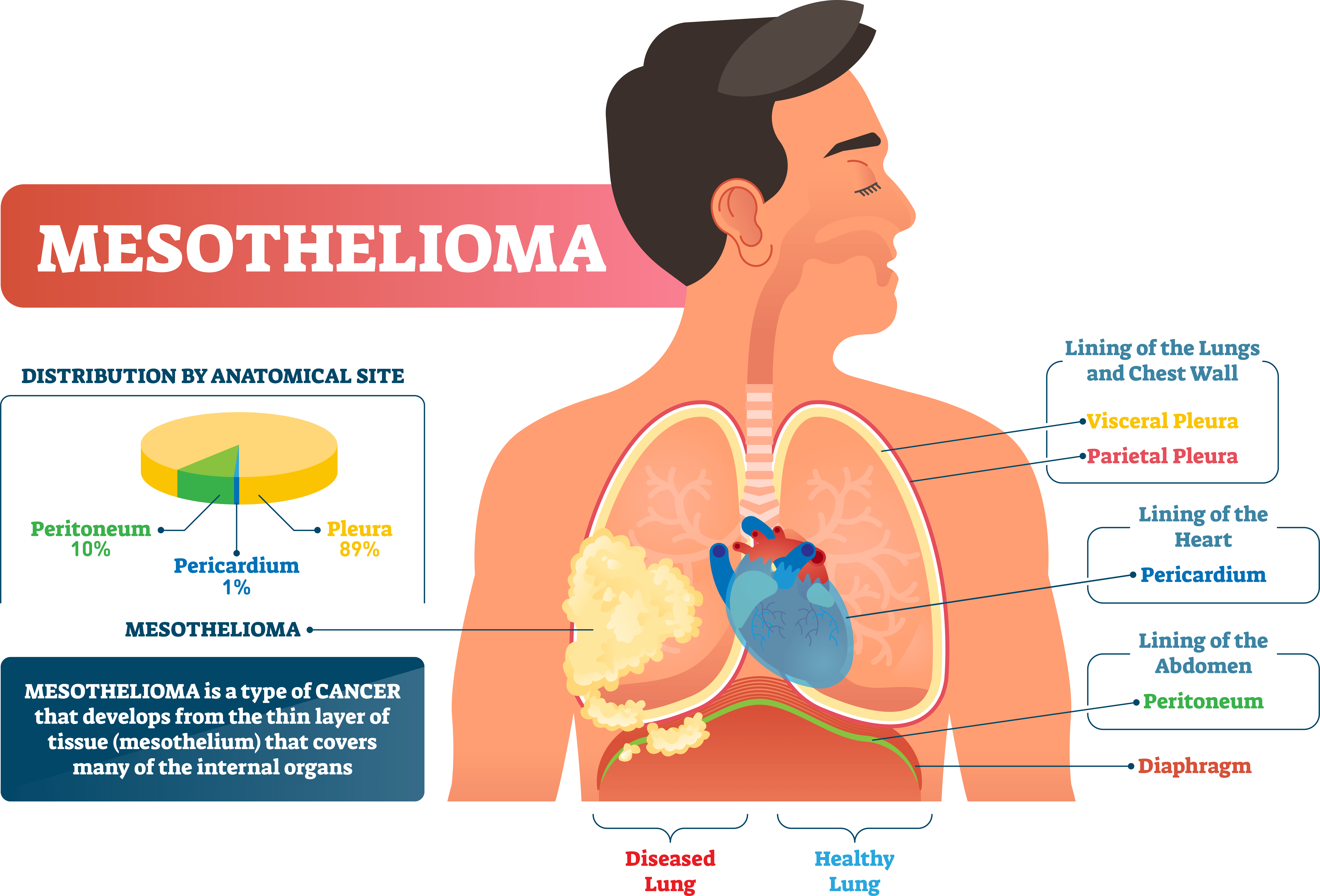
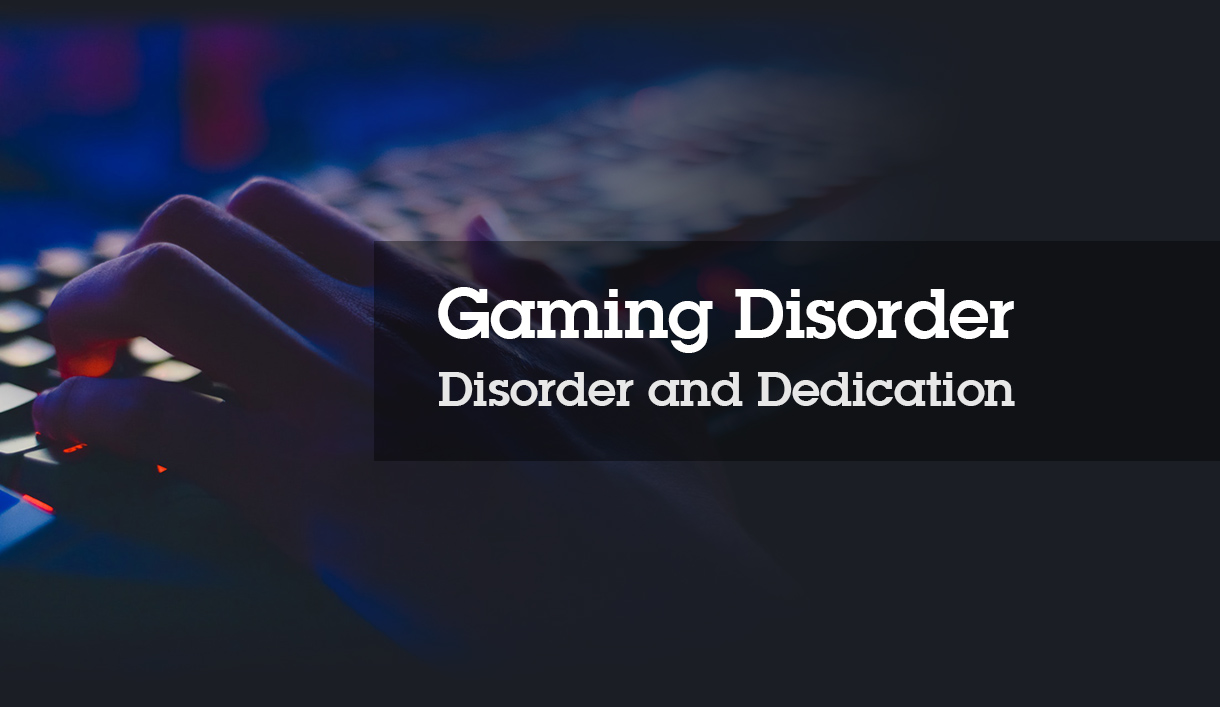
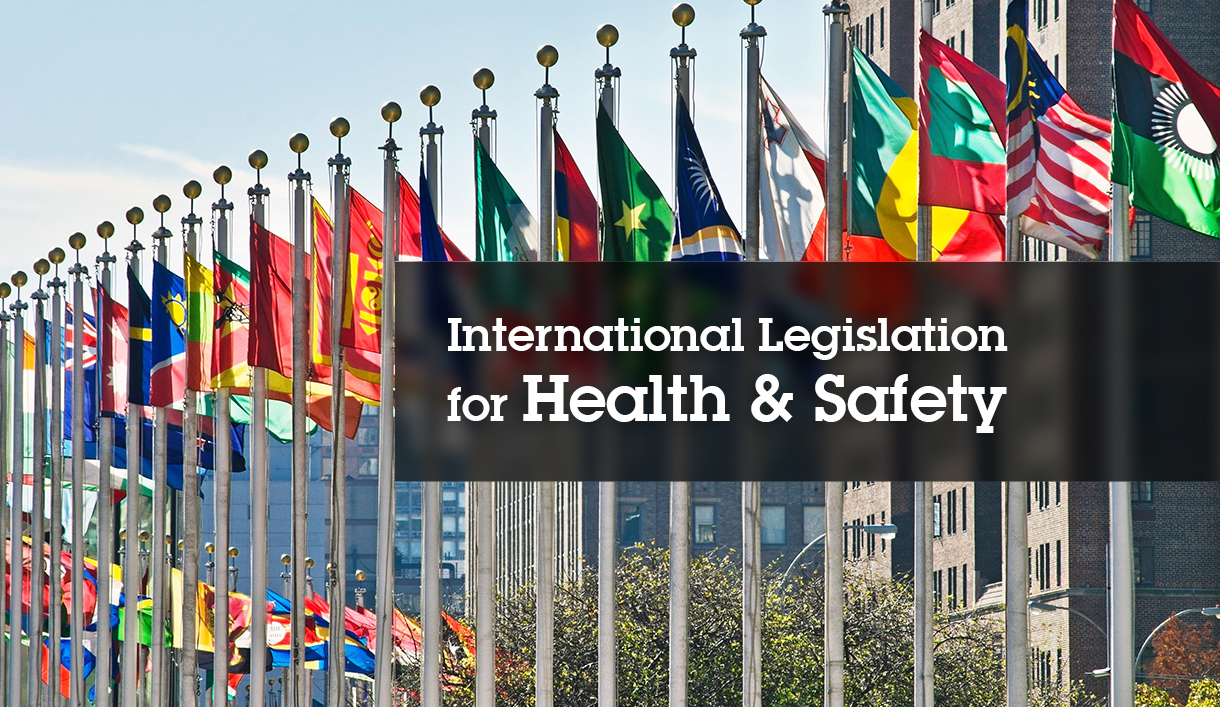
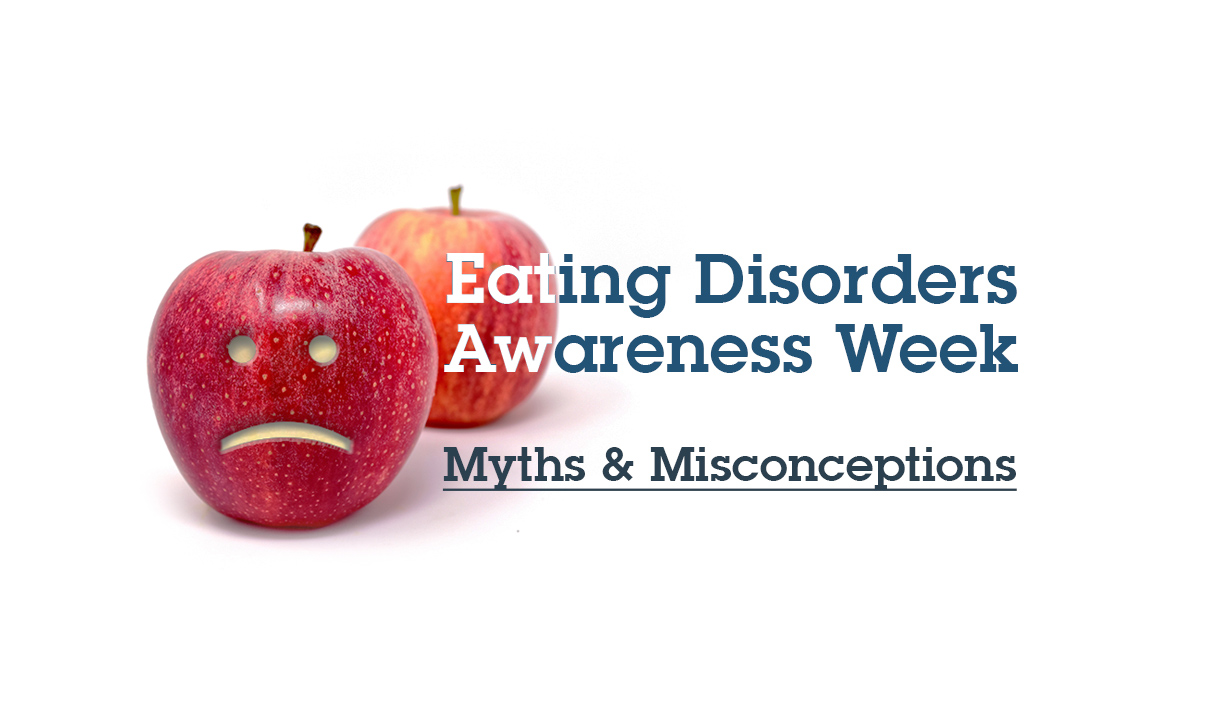
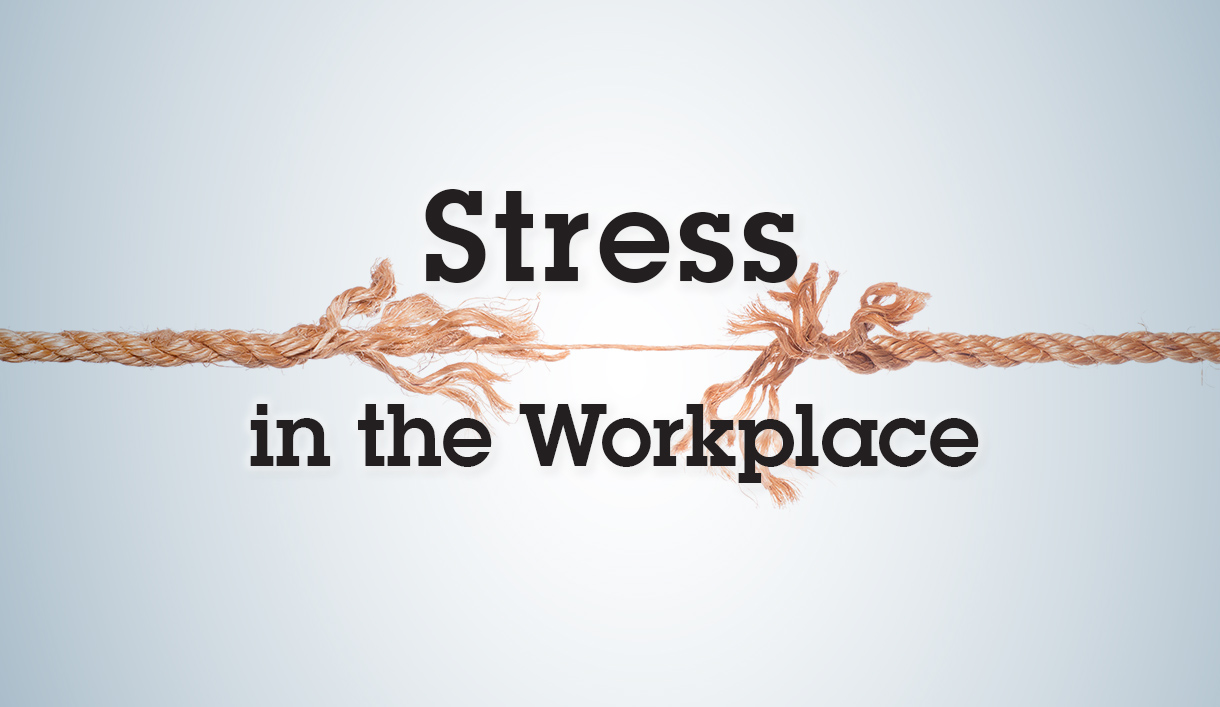

Leave a Reply
Want to join the discussion?Feel free to contribute!